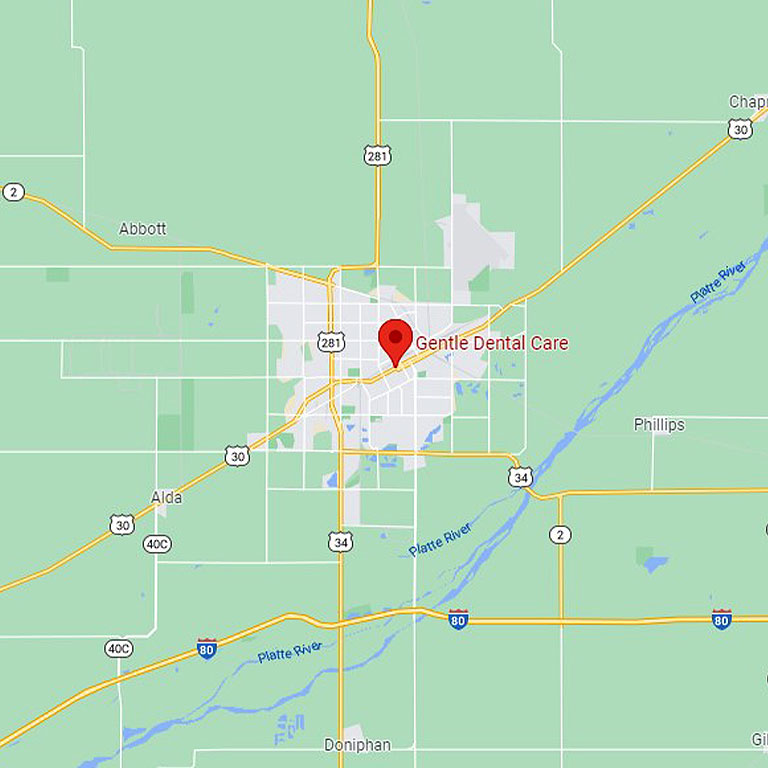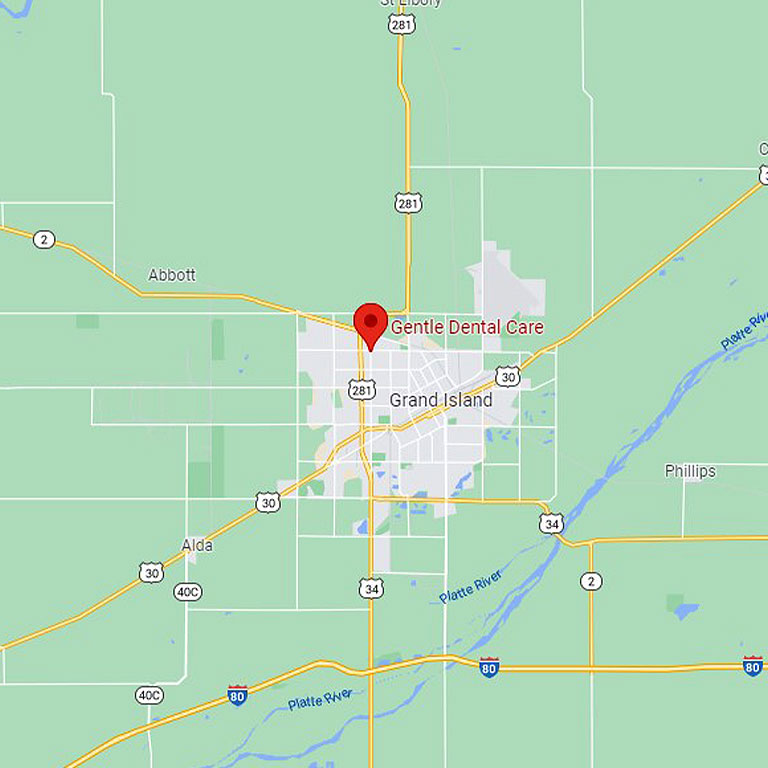What’s the Difference Between Dental Veneers and Dental Bonding?
Small cosmetic defects can be fixed with help from the dentist in Grand Island, NE. Gaps between teeth, chips in the tooth enamel, breaks in your teeth, and misshapen teeth can all be fixed through common dental procedures like dental veneer and dental bonding installation.
If you’re unsure whether dental veneers or dental bonding is right for you, the dentist can help! At Gentle Dental Care, we advise our patients to help them pick the best dental procedure for their needs. Here’s what you need to know.
All About Dental Veneers
Dental veneers are permanent covers that your dentist can place over the front of one or multiple teeth. Dental veneers look like natural teeth, but they’re much thinner than real teeth. The main purpose of a dental veneer is to cover up small cosmetic defects.
Dental Veneer Installation
To install a dental veneer, your dentist must remove a thin portion of your tooth. Once this is done, the procedure is irreversible.
Dental Veneer Benefits
Dental veneers have many benefits.
- Long-lasting and durable
- Effective at covering a range of cosmetic problems like chips, cracks, and gaps in your teeth
- Make your teeth look even and attractive
All About Dental Bonding
Dental bonding is a composite resin that can be placed over the front of your teeth to cover a range of cosmetic problems. Dental bonding is similar to dental veneers, except that dental bonding can be reversed if you don’t like the look.
Dental Bonding Installation
To install dental bonding, your dentist will etch your teeth with an acid. Then, once the tooth has been cleaned and dried, the dentist will apply the composite resin. Once the composite is in place, it will stay on for a few years before it chips off.
Dental Bonding Benefits
The benefits of dental bonding are numerous! Like dental veneers, bonding is very good at covering up small problems in your teeth. Unlike dental veneers, dental bonding is much less of a commitment.






